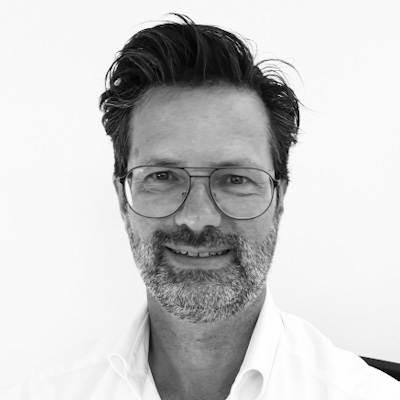
Secondment is a frequent phenomenon within the Dutch manufacturing industry. Often it is the result of an urgent situation, such as an unexpected peak demand, which requires quick action. Hiring specialized external manpower will provide you with a short-term solution.
The manufacturing industry is an increasingly flexible industry in which the same quality has to be delivered at an increasingly low integral cost price. It is of importance to know that the way in which secondment is implemented is adjusted to that. In this article, I will discuss the difference between traditional and modern secondment.
Why secondment is in need of modernization
Hiring external staff has some short-term advantages. For example, when there is a lack of specific specialized knowledge or when there is an unexpected peak demand that causes a shortage of staff.
But as soon as the project has been completed, the hired hands will move on to the next job and along with them their knowledge. In the long run these advantages are negligible. When looking at the price tage of secondment, then a long-term solution is desirable. This solution, in which interim recruitment agency and client enter a long term relationship, is the modern kind of secondment. No separate external staff, but flexible personnel that knows the organization and can be called in when necessary.
Entering a long-term sustainable relationship
The relation that comes forth from modern secondment is perfectly tuned to the developments in a manufacturing industry in which you are forced to be flexible. You collaborate with a party that is familiar with your organization and everything that is part of it. The staff you need can be implemented at all times.
For a good relationship an intake needs to be carried out. During such an intake the interim recruitment agency will learn as much as possible about your organization and your working methods. On the basis of this, a flexible engineering unit is set up with people who are familiar with your organization and the situations you are confronted with.
Because this engineering unit is familiar with your organization, external staff can be easily deployed on various projects. The advantage of this is that knowledge will not disappear when a project has been completed. For any follow-up projects, the external staff does not need to get familiarized (or only minimally) with the work. They can get started immediately, so that you will get a faster result.
What modern secondment generates in the long term
Modern secondment is a short-term solution, but also in the long run your organization can profit from it:
- A long-term and strong relationship with flexible shell;
- Straightforward switching (stepping up and disengaging between expertise and experience level);
- A shorter time-to-market and a higher return-on-investment;
- Less risk and more predictability during development process;
- The comfort of a well-informed and trained flexible team that is familiar with your product portfolio, company processes and the "do's and dont's" in your organization.
Bridging the Gap
Post en Dekker delivers modern secondment services from the Bridging the Gap programme in which the relationship with the client is the most important link. In order to build this relationship, we always begin with an extensive intake. We do this because every OEM developer works in a different manner and it is of great importance to know exactly what the business processes of the client look like – from setting up the drawings to the structuring of the bill of materials. All this information is carefully documented so that everyone we second can amp up as quickly as possible.
Would you like to know more about modern secondment? Please get in contact.







